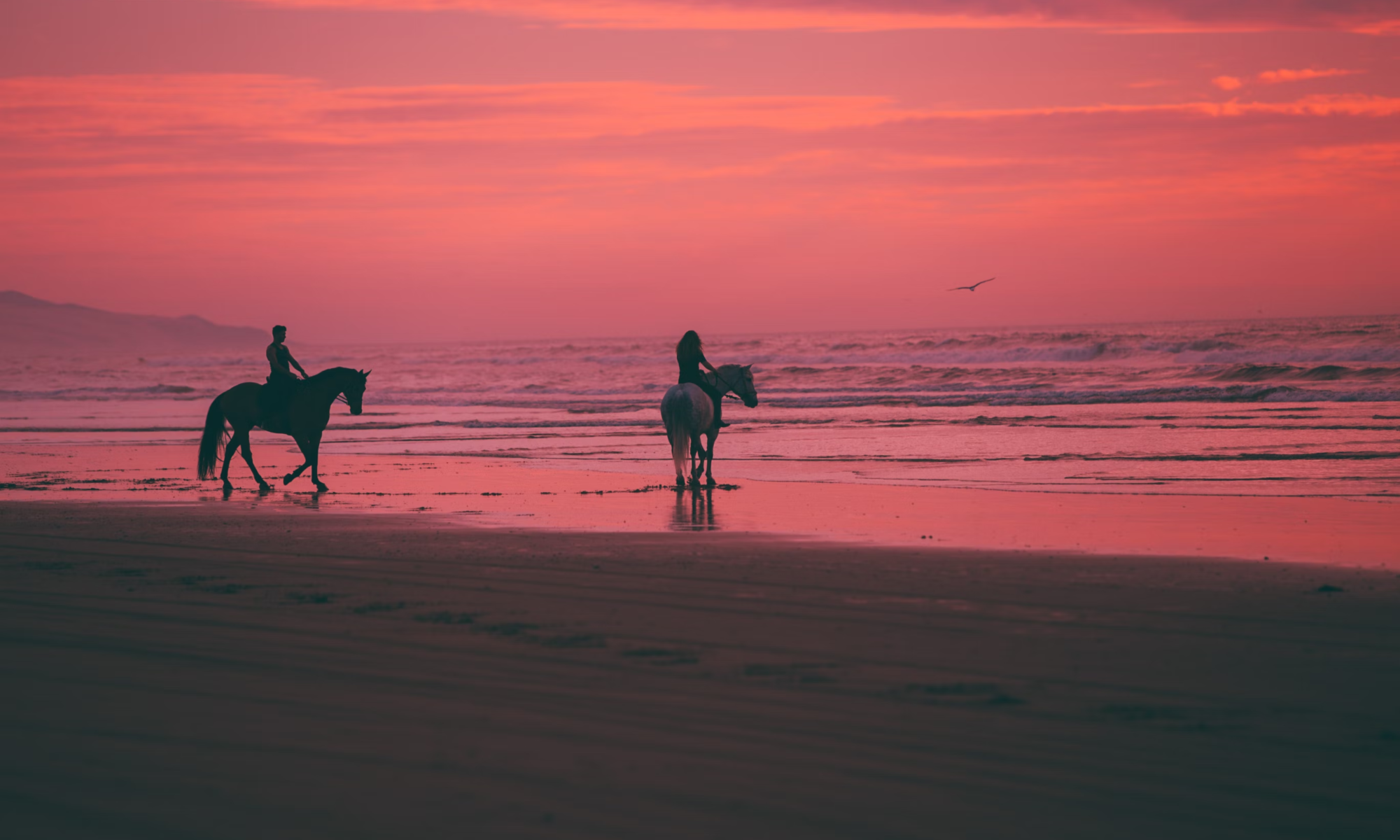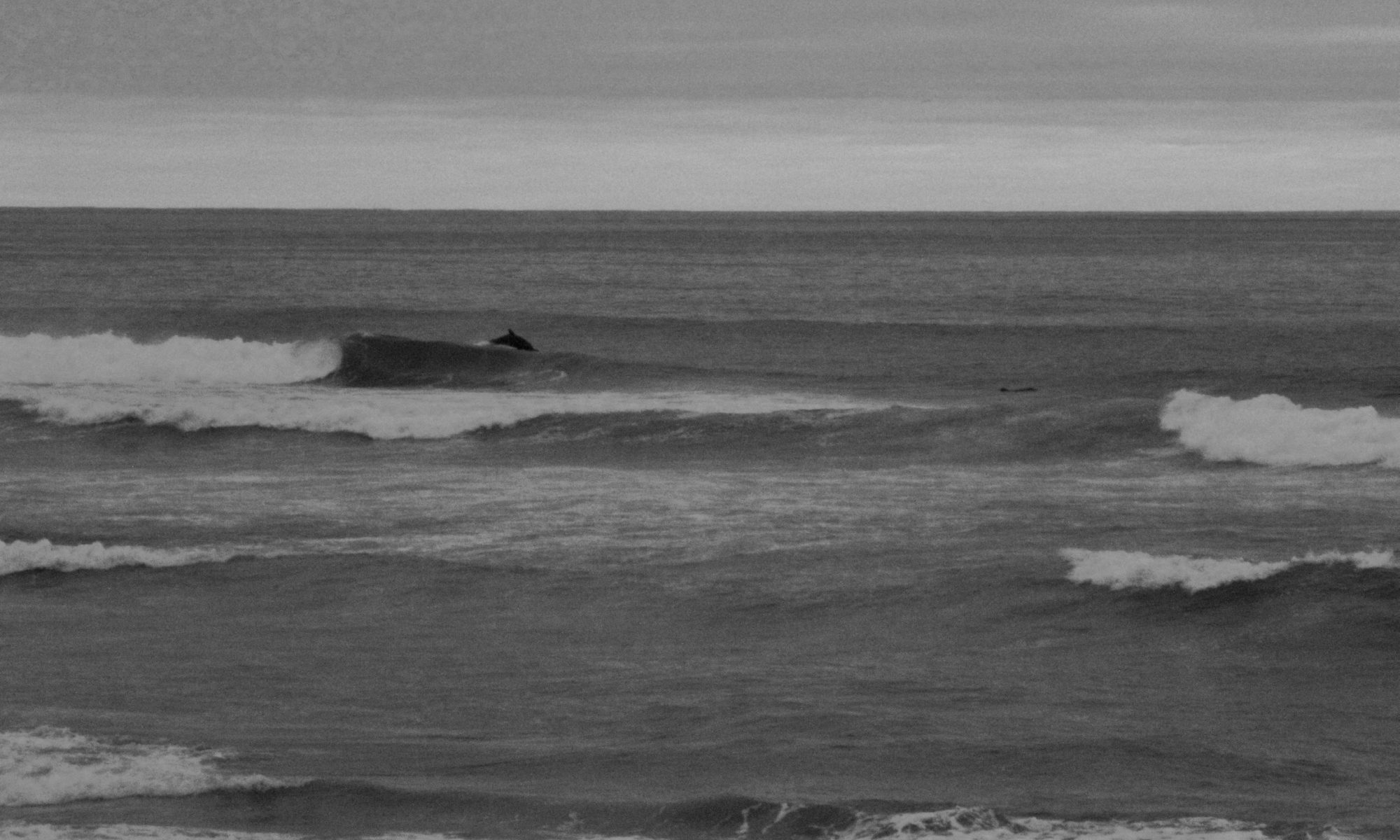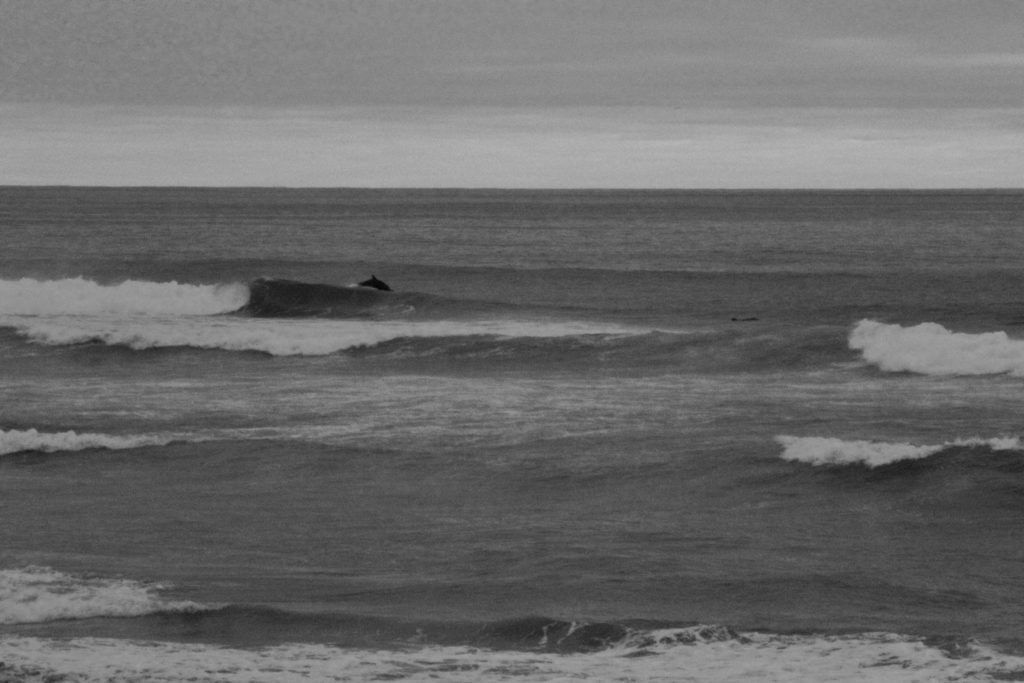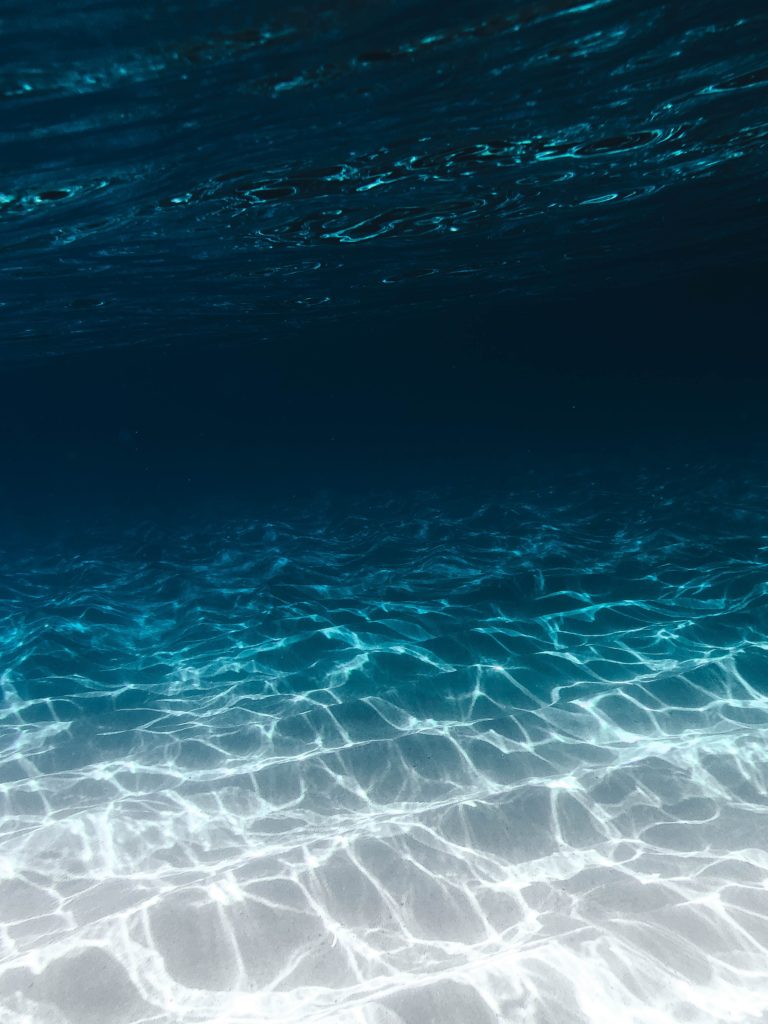Hola Vaqueros & Vaqueras,
When we hear the word “cowboy,” images of iconic American figures like John Wayne often come to mind. However, what many people may not realize is that the roots of the cowboy culture can be traced back to Mexico, where the Vaquero, or the Mexican Cowboy, originated.
Long before the American cowboy made his mark, the Vaquero was already a legendary figure. These highly skilled horsemen possessed an extraordinary level of horsemanship, with their lasso serving as an extension of their very being. During the 1700s, native Mexicans were trained and provided horses by the Spaniards, who were considered the world’s finest horsemen at that time. The role of the Vaquero was of utmost importance as it was common for cattle imported from Spain to escape, and in an era when food was scarce, every cow held tremendous value. This was when the Vaquero’s true talent emerged – rounding up and herding loose cattle.
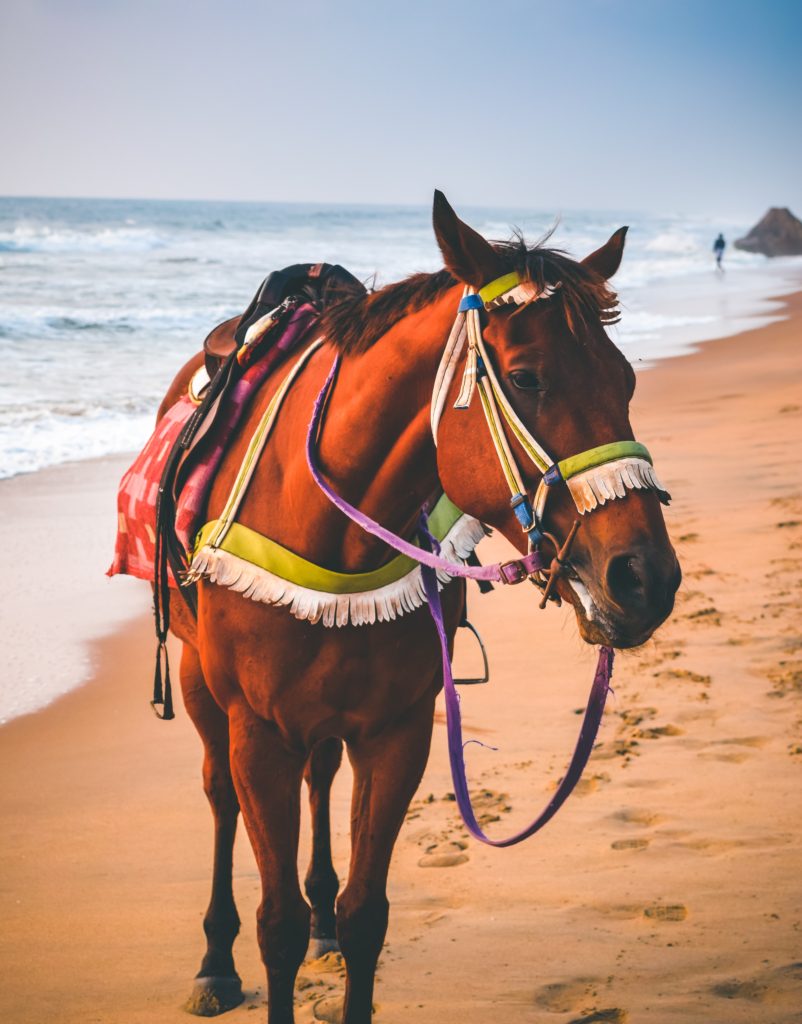
What set the Vaquero apart from other horsemen or cowboys was their exceptional craftsmanship. They skillfully braided their own ropes, crafted their own saddles, and tamed wild horses with remarkable proficiency. Even today, along the shores of Rosarito, it is not uncommon to witness modern-day Vaqueros gracefully riding up and down the beach. From the comfort of the RBHR kitchen, you can often catch glimpses of these captivating figures, inspiring you to venture down for a closer look, capture some unforgettable photos, or even embark on a horseback ride of your own.
The Mexican Vaquero, with their rich history and lasting influence, played an essential role in shaping the cowboy tradition that we know today. So, the next time you think of cowboys, remember their fascinating origins in the skilled and legendary Vaquero of Mexico.
We hope you and the family are well! We’ve got a promotional deal going on + we’ve made some upgrades to the house, and we wanted you to be the first to know!
10% OFF YOUR NEXT STAY
- Share this article with 3 of your closest family and friends and copy us (CC) on the email
- Like our Instagram or Facebook by clicking (Already a follower? You’re already one step ahead)
If you’d like to take advantage of this deal and book your next stay with us, we’d love to have you again. Feel free to share this with friends and family too!

